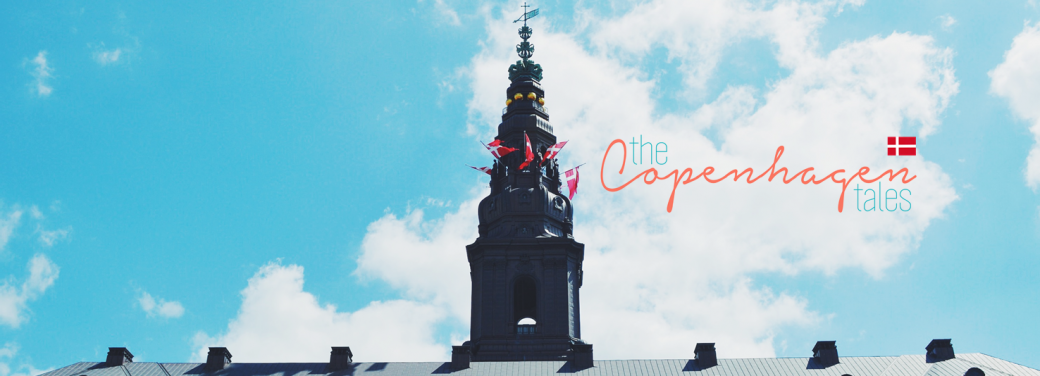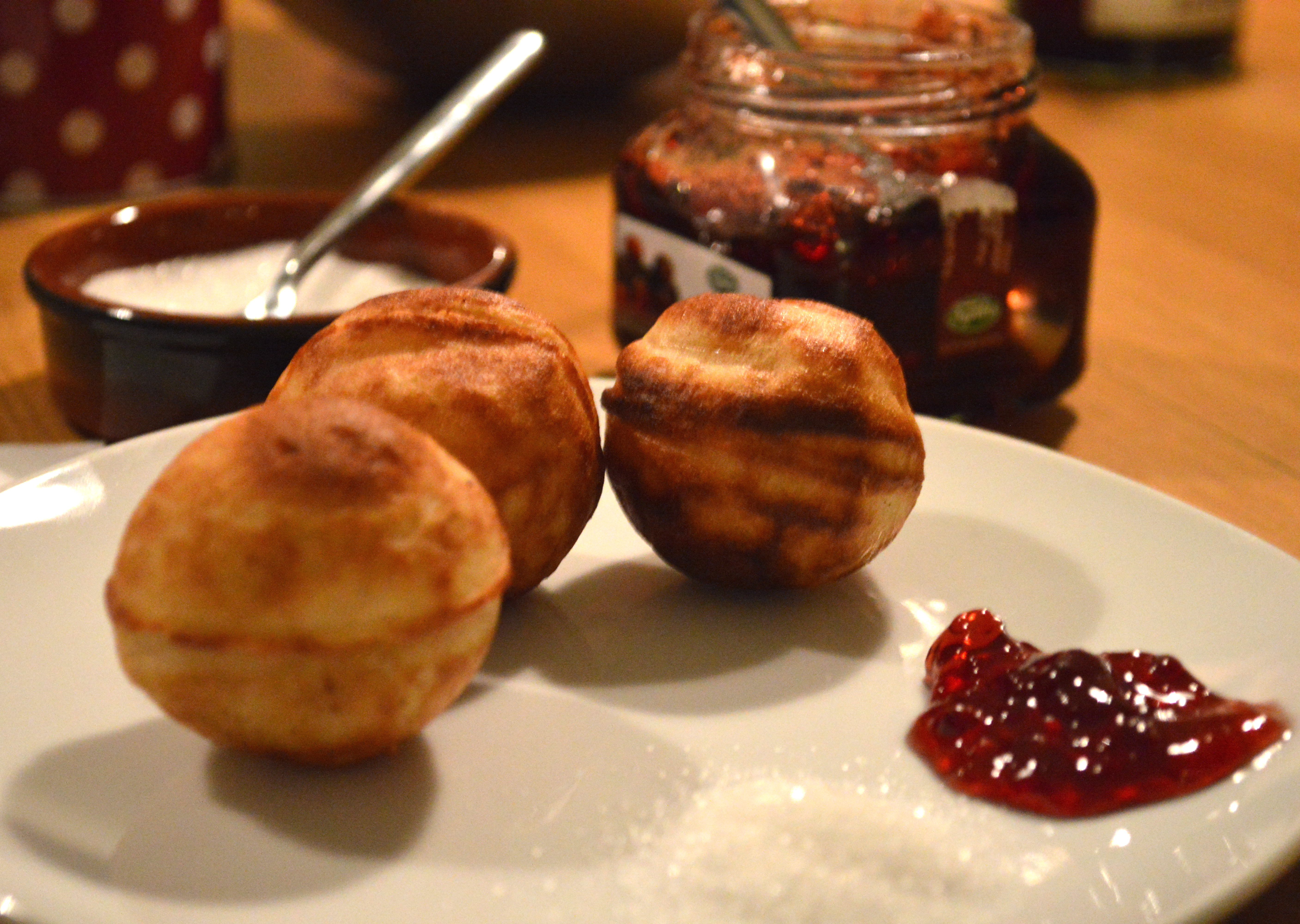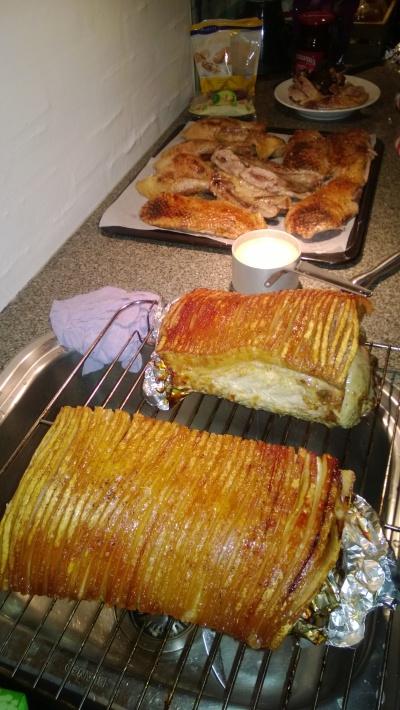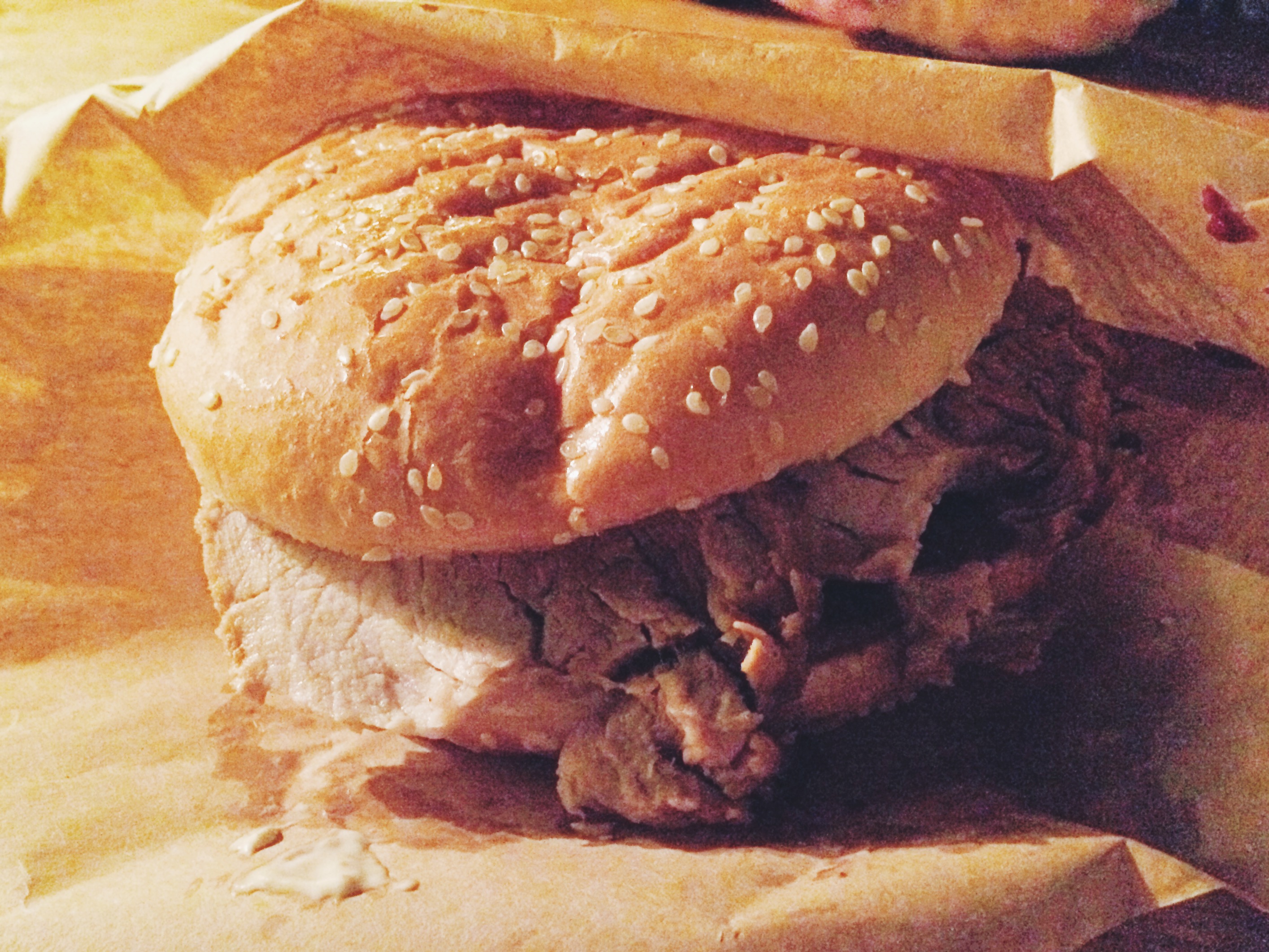Christmas is kind of a big deal in Denmark. In absence of Thanksgiving, there’s only one holiday, Mortens aften (St. Martin’s Day) on the 10th of November, between Halloween and Christmas. That effectively means that Christmas season begins in November, at the latest when the gates of Tivoli open again after Halloween. Christmas is season of hygge, making these long, dark, cold days ever so much more bearable and – dare I say it – actually enjoyable, not least because of a bunch of tasty seasonal delicacies.
Gløgg
The season’s favourite drink, this deliciousness will warm even the coldest heart. A sort of mulled wine seasoned with spices such as cinnamon, cloves, ginger, and cardamom, gløgg exists in both alcoholic and non-alcoholic varieties. In Denmark, gløgg is usually served with raisings, chopped almonds, and orange slices. You can make gløgg from scratch (examples here and here), buy it by the bottle (Irma’s house brand is quite nice), or get different types of gløgg mix to prepare with red wine. There are also white wine varieties.
Æbleskiver
Æbleskiver, in a literal translation, means “apple slices”. This is odd, since they are completely spherical and do not contain apples! I’ve seen them described as the “Danish donut” or “Danish pancakes”, but none of those explanations really seem to hit the spot. They are, simply put, small, sweet balls of deliciousness, waiting to be dipped into strawberry jam and powdered sugar (which is the traditional way to eat them). I’ve never tried to make them, since you need a special pan and the flipping process seems quite challenging! But you can get them frozen, so you simply need to bake them in the oven for a couple of minutes. Addictive!
Flæskesteg
The classic. A Christmas Eve dinner without it is pretty much unthinkable in Denmark. Flæskesteg is pork roast, with a thick layer of crispy crackling that everybody likes to fight for (except me – not a fan!). It’s usually served with red cabbage (“rødkål”), brown sauce and caramelized potatoes, another Christmas favourite.
Another variant is the flæskestegsandwich, usually served in a big whole-wheat bun with red cabbage, pickles and a mustard sauce. You can get a recipe from Danish chef Claus Meyer here or get your sandwich at Bøfgrillen in the Tivoli gardens.
Duck
Besides flæskesteg, many Danish families also serve duck on Christmas Eve (some do both - see picture above with two massive flæskesteg and a chopped-up duck in the background!). Usually, the duck is filled with dried plums and apples. Yum!
Ris à la mande
Important note regarding rice pudding in Denmark: there is “risengrød”, the sort of standard rice pudding. This can be eaten all year round, and is served sprinkled with cinnamon and sugar. And then there’s “ris à la mande” (sometimes spelled “risalamande”), which is that same rice pudding, but refined with whipped cream and chopped almonds, and served with cherry sauce. [Side note: don’t make the mistake of suggesting to serve cherry sauce with standard “risengrød”. My boyfriend shot me a stare that said “what is wrong with you?!” when I did, stupid little me.] Ris à la mande is always served from a big bowl, and there’s one whole almond hidden in it. Whoever finds it gets a little present (“mandelgave”, like I did last year). I’m also over the moon by this recipe for a ris à la mande cake!
Klejner
Very popular all around Scandinavia, these little pieces of fried dough are commonly seen in Denmark around Christmas. They are similar to donuts in their style and taste, and are usually served with powdered sugar.
Julebryg
It’s no secret that Danes love beer. The Vikings from the land of Tuborg and Carlsberg are also really fond of their seasonal brews, like for Easter. But there’s a whole cult surrounding Tuborg’s Christmas beer (“julebryg”). It’s only on sale for about six weeks a year, and its release is celebrated on “J day”, the first Friday in November. Tuborg’s Christmas brew is by far the most popular, with its characteristic blue-and-white labels, but other brands have followed suit and today, you’ll be able to choose from a variety of julebrygs. Since I’m not a great beer fan, I cannot really recommend which one is best – so you’ll have to try them all and decide for yourself!
What’s your favorite Christmas food, either Danish or from your home country?






